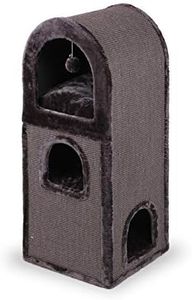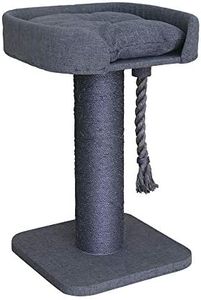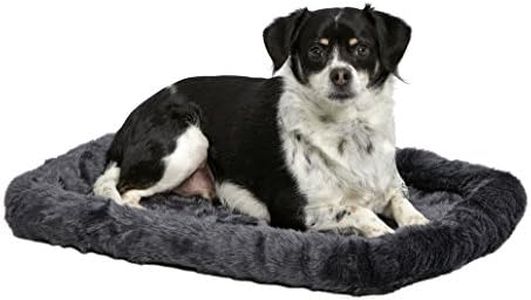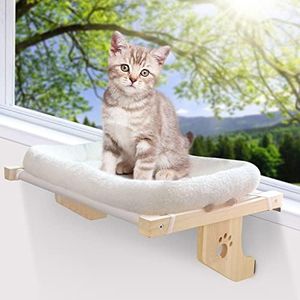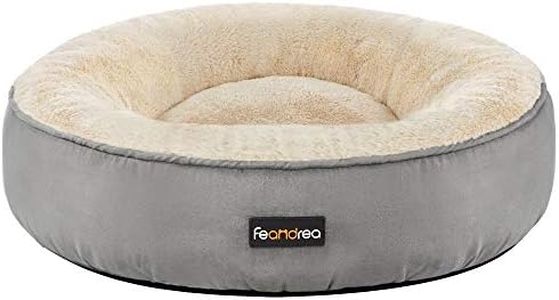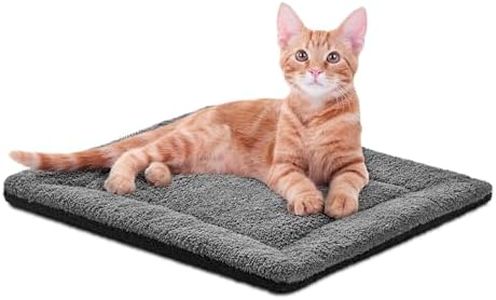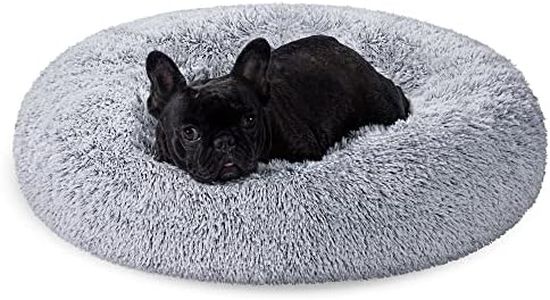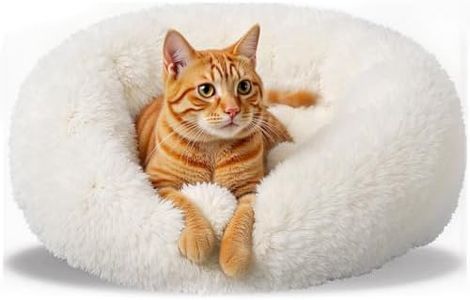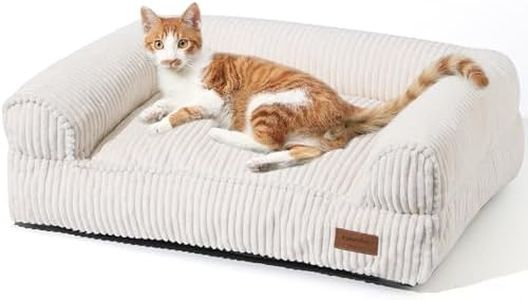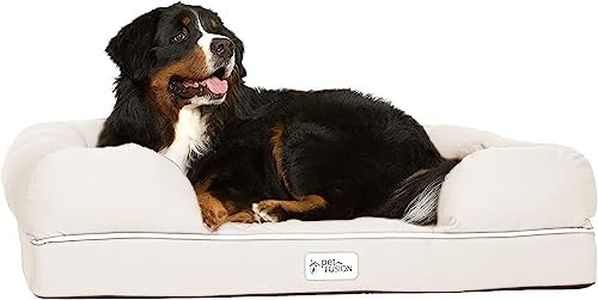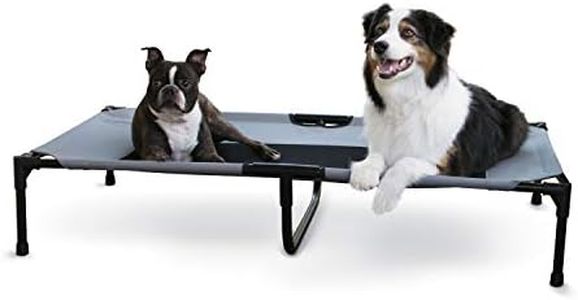We Use CookiesWe use cookies to enhance the security, performance,
functionality and for analytical and promotional activities. By continuing to browse this site you
are agreeing to our privacy policy
10 Best Cat Beds
From leading brands and best sellers available on the web.Buying Guide for the Best Cat Beds
Choosing a cat bed might seem simple, but finding the right one can make a real difference in your cat’s comfort and well-being. Understanding your cat's sleeping habits, preferences, and your home environment is essential. Think about where your cat likes to nap, whether they enjoy curling up in cozy spaces or stretching out, and if they like company or solitude. Your goal is to select a bed that aligns with your cat’s personality and fits easily into your space so your furry friend gets the best possible rest.Bed SizeBed size refers to the overall dimensions of the cat bed. This is important because a bed that’s too small will be uncomfortable, while a bed that’s too large might not provide the cozy, enclosed feeling cats often enjoy. Cat beds come in various sizes: small ones are suitable for kittens or petite cats; medium sizes fit most average adult cats; and larger options are good for big breeds or cats who like to stretch. To choose the right size, consider your cat’s sleeping posture—do they curl up or sprawl out? Measure your cat when they're sleeping and add a few inches for comfort.
Shape and StyleShape and style of the bed can influence how inviting the bed feels. Options include round donut beds for curling, flat mats for stretching, hooded or cave-style beds for privacy, and even hammock styles. Cats who seek security and warmth may prefer enclosed or hooded beds, while those who like to watch their surroundings may gravitate toward open designs. Observe your cat's preferred resting spots and postures, and choose a shape that mimics those environments.
Material and FillingThe materials and filling of a cat bed affect both comfort and durability. Soft plush fabrics offer coziness and warmth, while cotton or canvas options are cooler and easier to clean. The filling, whether foam, polyester fiber, or memory foam, determines how supportive the bed is. Older cats or those with joint issues may benefit from beds with orthopedic foam. Pick a material based on your cat’s needs—whether they prefer softness, need orthopedic support, or have allergies.
WashabilityWashability refers to how easy it is to clean the cat bed. Frequent washing helps keep allergens, fur, and odors in check. Some beds have removable, machine-washable covers, while others must be spot-cleaned. If your cat sheds heavily or if accidents happen, a bed that can be easily and frequently washed will save time and keep things hygienic. Always check care instructions before purchasing; prioritize easy cleaning if your cat is prone to messes or if there are allergy concerns.
Non-Slip BottomA non-slip bottom is a layer on the underside of the bed that prevents it from sliding around. This is especially important if you place the bed on hard floors, as it keeps your cat from accidentally moving the bed during enthusiastic leaps or turns. It also helps elderly or less agile cats feel secure when getting on or off the bed. For homes with smooth flooring, look for beds with non-slip features.
Insulation and WarmthInsulation and warmth refer to how well the bed can retain heat and keep your cat cozy. Some beds feature self-warming materials or thicker padding to provide extra warmth, which is ideal if your home is cooler or if your cat enjoys being toasty. On the other hand, lightweight or less insulated beds are better for warmer climates. Consider your home’s temperature and your cat’s preference for warmth when making your choice.



